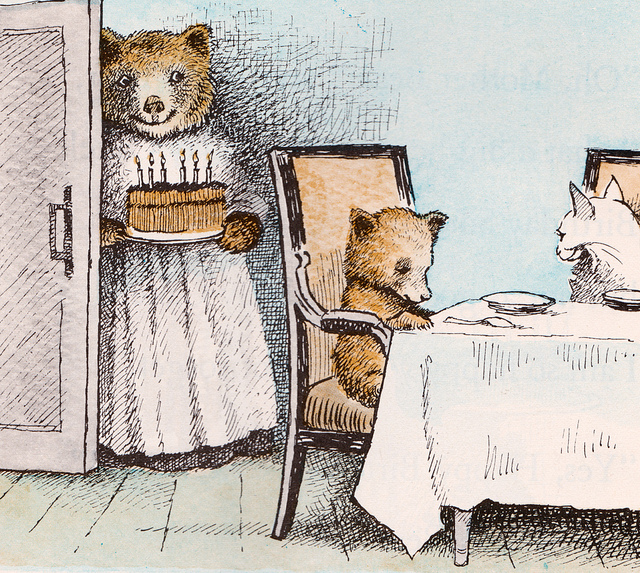I have mentioned before that I am an archaeology buff (and that theme will be returning in a few weeks, methinks). This led to me reading Inside the Neolithic Mind by David Lewis-Williams and David Pearce.
It's an interesting book but right at the edge of my brain's ability to cope. I found some of their arguments tautological and some others about altered states of consciousness too abstract to be convincing. But I especially enjoyed their examination of the mound tombs of Ireland, especially since I have visited Newgrange, which is one of them.
Here is an example of an attempt to think about how neolithic (late stone age, roughly 12,000 to 6,000 years ago) people used to think. Those mounds are decorated with abstract designs of various kinds. Do those designs have any meaning, or are they effectively doodles? Is there anyway to tell?
Someone surveyed those designs and found out there is a pattern to them. For example, spirals - like the ones I photographed at Newgrange - always appear at the entrance way to the tombs, not deeper inside. Different designs show up in the burial chambers, and so on.So they aren't random. Those pictures meant something to their creators; we just don't have a clue as to what.
But what fascinated me most was a different topic the two Davids mentioned: hypnagogia. Ever hear of it? You may very well have experienced it, as most people have.
 |
| Little Bear |
Hypnagogia is the period just before you fall asleep and especially the visions or other sensations you experience in that half-awake state. The Davids think that the most common visions are hard-wired in our brains and tell us something about how our Neolithic ancestors would have interpreted their world.
.png) Once I learned about hypnagogia my post-Neolithic brain immediately asked: Can I get a crime story out of this?
Once I learned about hypnagogia my post-Neolithic brain immediately asked: Can I get a crime story out of this?I did. It's about a fancy dinner party where the host starts explaining the concept to his guests, one of whom seems a little too interested... "Hypnagogia" appears in the May issue of Mystery Magazine.
One more thing: R.T. Lawton and I usually swap stories for critique before sending them to editors. In this case he told me he liked the end of the story but the beginning was boring.
 I changed the opening sentence and I think it made a difference. Here is the old version:
I changed the opening sentence and I think it made a difference. Here is the old version:
"I beg you,” Karla called from the kitchen. “Do NOT tell them about your dreams.”
"I warn you,” Karla called from the kitchen. “Do NOT tell them about your dreams or I may get violent.”
Just a tad of suspense to begin with.
Until next time, sweet dreams.


Okay, I'm going to have to read that book. As far as hypnogogia, I've experienced that - not the bear under the arch, but other stuff, such as a complex yellow/black background pattern that resembles Islamic or Hindu art. And I have always had technicolor dreams, with amazing adventures, plot lines, etc. - you'd think I'd have a much easier time writing than I do.
ReplyDeleteEve, patterns like that are very common, according to the book.
DeleteHey, it's a good story and it got published.
ReplyDeleteWIth a little help from you.
DeleteFirst, congratulations on the story. It sounds intriguing.
ReplyDeleteSecondly, I grew up a short distance from a prehistoric Indian mound called Hogback. That might be worth an article!
What an interesting post about hypnogogia - and I shall track down that story! Melodie
ReplyDelete